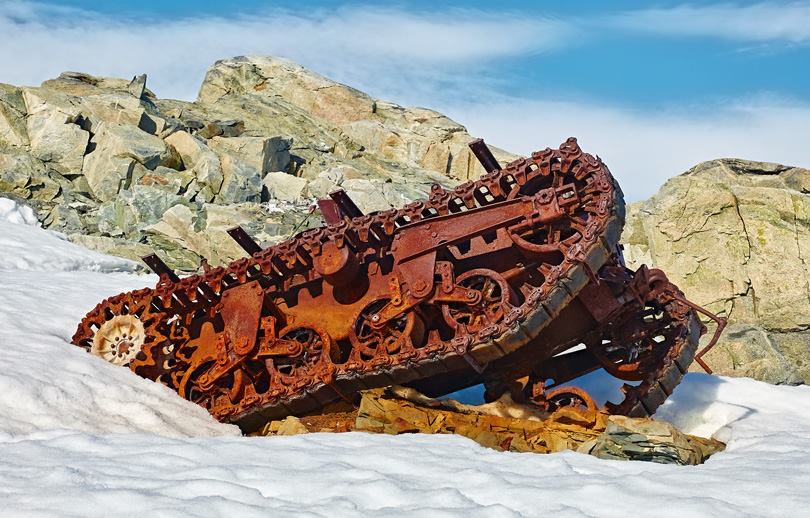
The environmental impact of science in Antarctica
Antarctica is all about science, but to support that science requires bases, transport, support staff, machinery, fuel, food, clothing and a host of other requirements. I am not saying that scientists are directly responsible for environmental issues in Antarctica (though some have been) but the support of science has in the past led to environmental issues. Luckily that has changed for the better.
Environmental concern at the Antarctic bases has come a long way since the first bases were built there. Today, there is increasing use of solar and wind power, most human waste is removed and disposed of properly, and there are rules and protocols in place to protect the wildlife and the Antarctic wilderness.
But it wasn’t always so. In 1956-57 the joint US-New Zealand Hallet Station was set up in a penguin rookery!! resulting in the relocation of 6000 birds.
Then of course we have the US McMurdo Base with its nuclear reactor ‘Nukey Poo’ . Installed in 1961 it never lived up to its initial promise and was shut down in 1972, resulting in the removal of 101 large drums of radioactive earth which was shipped back to the US. A further 11,000 cubic metres was removed later.
In the late 60’s the Soviet Union and Chile turned a protected area on the Fildes Peninsula into a construction site and destroyed the biological value of the melt lakes there. Australia doesn’t escape either. Our Casey Station partially bulldozed a protected area in 1986.
One of the most blatant destructive acts occurred when France decided to build a runway at Dumont d’Urville Station. In the process they destroyed the habitat of thousands of penguins and other birds, not to mention killing many with explosives in the construction process. It was all a bit ‘out of sight, out of mind’ and there were many other examples of what we would consider to be environmental vandalism.
Luckily, tourism and non-government organisations (NGO’s) were the ones that forced governments to clean up their act. Early on tourists began to comment on what they were seeing and then Greenpeace started taking photos. Governments were forced into a position where they had to clean up their act.
Much of the rubbish and abandoned machinery and equipment has been removed; the bases now recycle their rubbish and return wastes to their countries; environmental awareness training is given to all staff; any activities now require environmental impact statements; and flora and fauna are protected.
We have come a long way but I am not convinced we have learnt a great deal. I suspect that when we eventually go to Mars we will encounter the same behaviour. Only this time we won’t be removing our rubbish due to the distance and costs involved. Hopefully we will get our act together by then.
